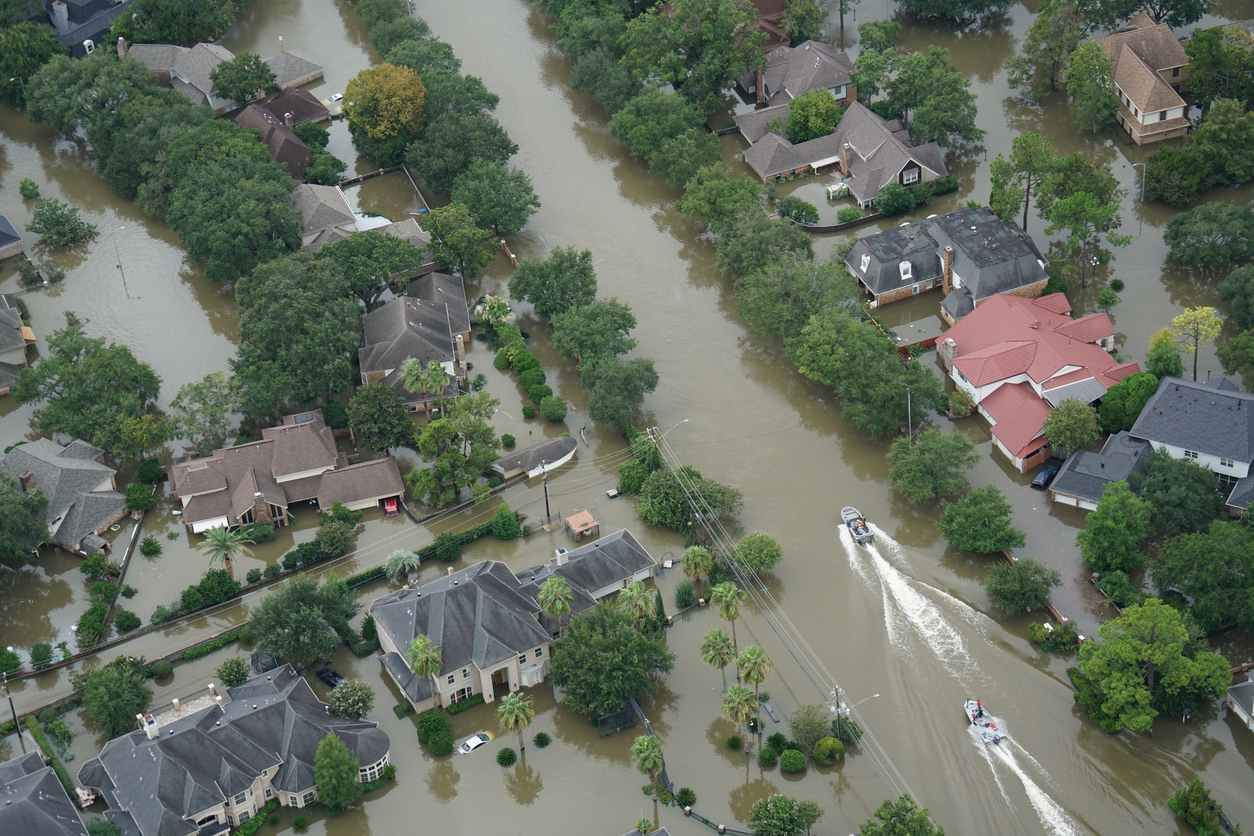Flooding remains the natural disaster that affects the most people throughout the world. For those who live in a dry area, this may sound strange, but most large communities are on the banks of rivers, the shores of oceans and lakes, or on large flat plains that flood for long periods at a time every year. Recent years have seen some of the worst floods on record, from Australia to the American Midwest and beyond. Some climate scientists predict that if global temperatures continue to rise, stronger hurricanes and more powerful floods could become the norm. Cities, towns and houses that before had very low risk of flooding are now finding themselves washed out.
Insurance is usually the only measure taken to prepare for a flood, and some do not even do that. Insurance helps with the rebuild but does nothing to prevent the event from happening in the first place, and some are seeking to address that gap in global preparedness.
Efforts to Promote Flood Resilience
Flood resilience is the name given to efforts to prepare a community to absorb a flood with minimal damage. Some of these efforts are simple, like the propagation of information to educate the public about the dangers of certain areas and behaviors. Others are more complex, such as redesigning urban areas to include zones that can absorb the rush of waters from a flood. Some advocates are pressing for cities to move past previous methods such as flood walls and levees, since this leaves open the possibility for catastrophic failures.
Flood resilience includes affecting public policy as well, working from the local to the national level. Proponents seek to strike a balance between the insurance world, civic policy and local economies. In some cases, flood zones need to be abandoned, others could be livable if properly prepared, and flood resilience advocates try to raise awareness and come up with creative solutions.
Neglect of Flood Resilience and Insurance
However, while efforts are being made as far afield as the riverbeds of Nepal, which flood five or six times a year during the monsoon season, flood resilience is still an uphill climb in most places. For economies who have been built around certain territories and industries, the thought of restructuring or even moving sounds about as bad as any flash flood could be.
Most people who live in dangerous flood zones still do not take out flood insurance policies, surely the most important resilience measure any family could take. So, while there are bright ideas in play, they remain to be seen. If floods will continue to increase in frequency and intensity, the consequences could be just as extreme as the potential benefits if resilience were implemented immediately.
Sources:
https://www.nytimes.com/2019/06/08/climate/climate-flood-insurance.html













